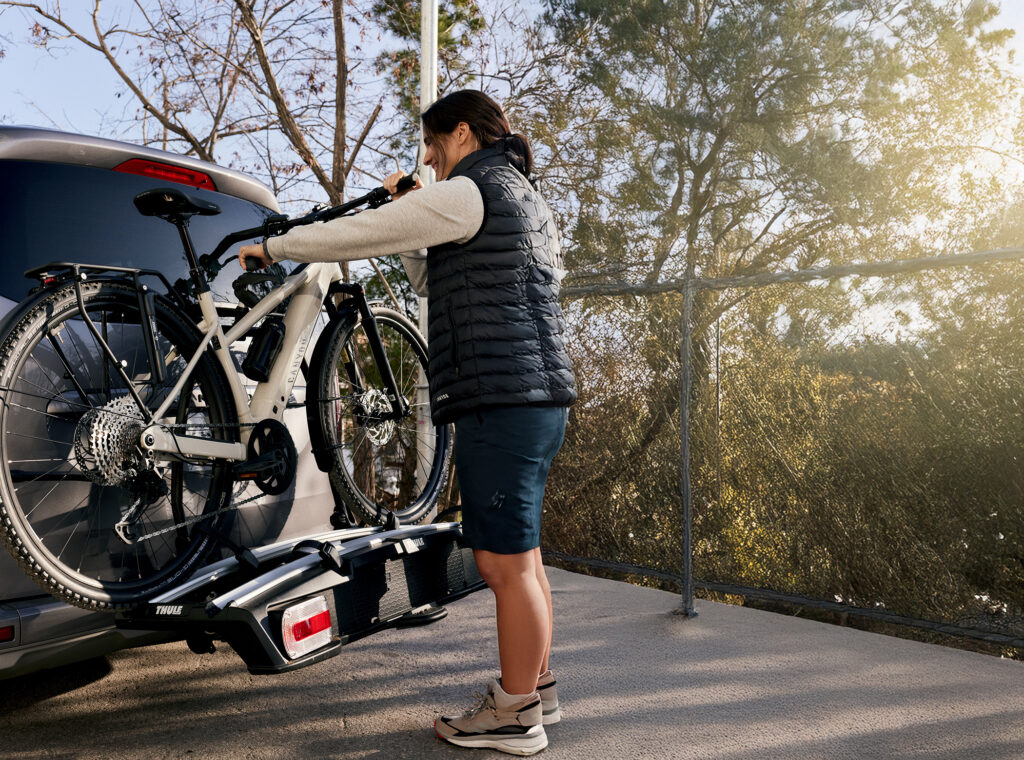As a company, what do you put in a cycling policy?
24/10/2024
If you start bike leasing as a company, it is important to draw up a bike policy. That document sets out all the agreements between your company and the employee when they choose to lease a bike. This could include insurance and breakdown cover, but also what happens to the bike when the employee leaves employment.
What can be included in a bicycle policy?
On some topics, as a company, you have a choice about what is in the policy. Of course, you can’t change legally imposed rules, but you can stipulate, for example, the amount for which your employee may choose a bicycle. If this is in the policy, your employee cannot deviate from it.
On the other hand, you can also include in the policy that you provide a bonus for employees who like to bike to work. And thereby work on their physical and mental health.
Here are some real-life examples of what companies are including in their cycling policies.
Limiting bicycle choice
When an employee leases a bike from Cyclis, he can basically choose any bike he wants. For various reasons, employers may choose to limit the list value, for example, so that the employee does not fall below the industry pay scale.
In that case, the employer can then stipulate that the list value should not exceed, say, €7000 euros. It is even possible to choose a different maximum amount for each type of bike (speed bike, electric bike,…), or to provide different conditions for different types of employees.
Then again, in other companies they choose to limit the choice in bicycle types. For example, some firms prohibit leasing a speed bike through work for safety reasons.
Accessory to every leased bicycle
Another popular addition to the bike policy: cyclists receive an accessory from the company when they bike to work.
This, too, can come in different forms. Some companies pay for the lock and helmet chosen with the bike. Other companies provide a fluorescent jacket for each cyclist to cycle to work safely even in the dark months.
The company intervenes in the lease cost
We don’t often see an intervention in lease costs, but it does happen. In this case, the employer pays a certain percentage of the employer’s gross lease cost. That way, for example, the cyclist will not pay 80 euros gross, but 50 euros. And then, of course, he feels this in the reduction of the net pay ratio.
Entry requirements based on seniority
When an employee leases a bicycle through the company, there is a better bond with their employer. If he breaks his contract, the employee will also have to buy or surrender his lease bike and pay a severance fee. So bike leasing in this case may be the deciding factor in not leaving after all.
Yet some companies choose to allow employers to offer bike leasing only at a certain length of service. In this way, they reward employees who have been with them longer.
Delineated entry period
To conclude, another popular addition in policies for very large companies: the company chooses a certain period in the year where the employee can choose to enter the bike plan.
The advantage of this is that the little work there is on bicycle leasing for the company is bundled into one particular period. For example, your HR department only needs to be busy with bicycle leasing in September and October.
The downside, of course, is that your employee is very much tied to this time period. Suppose he goes to the bike dealer and there is a nice bike that is immediately available to take. The employee then has to wait until it is possible to start the leasing, which means the bike may already be gone from the dealer.
Want to get started with bicycle leasing?
Would you like to start bike leasing in your business yourself? Super. In cooperation with your payroll secretary, we will then help you establish your cycling policy. Together, we make sure the policy within your company fits your culture.
Make an appointment?
Book your moment now with one of our Account Managers through Calendly.
Get inspired

News
Defense starts with bike leasing: what does this mean for military personnel?

Trivia
Bike leasing for the healthcare sector: opportunities and benefits for healthcare institutions

Tips & Tricks
The perfect bike rack for your e-bike: what to look for?

Trivia
How can you extend your battery life?

Trivia
Belfius steps into Cyclis, pioneer in bike leasing.

Trivia
How do I cycle energy-efficiently with an electric bicycle?
Do you want to be the most
informed cyclist?
Subscribe to our newsletter.
Subscribe and, like 2000+ cyclists, receive all the
cycling news, tips and inspiration.
And no fear, we don’t like spam either!